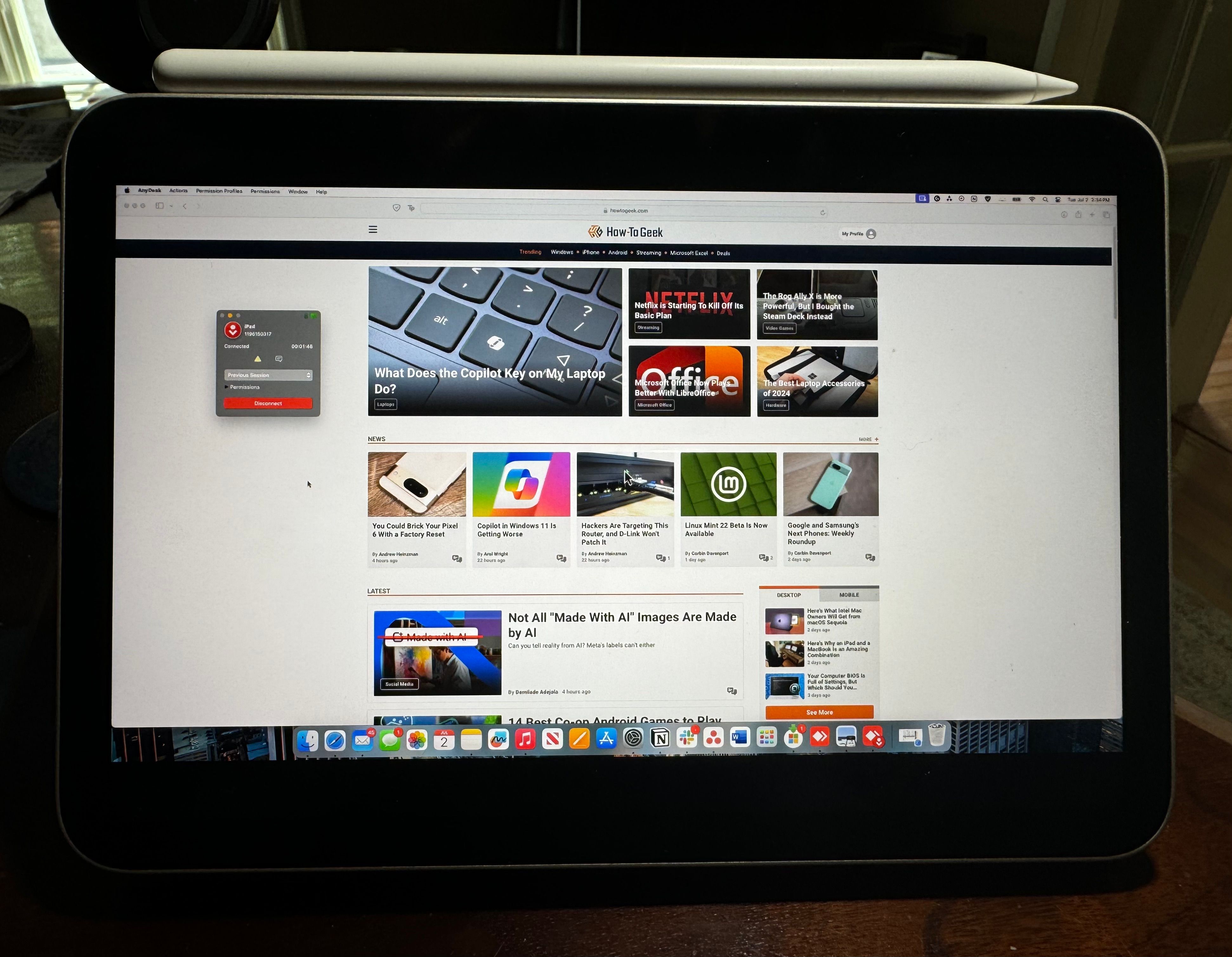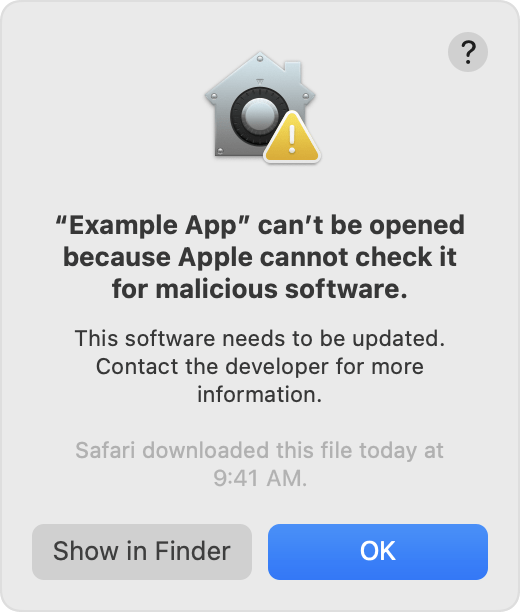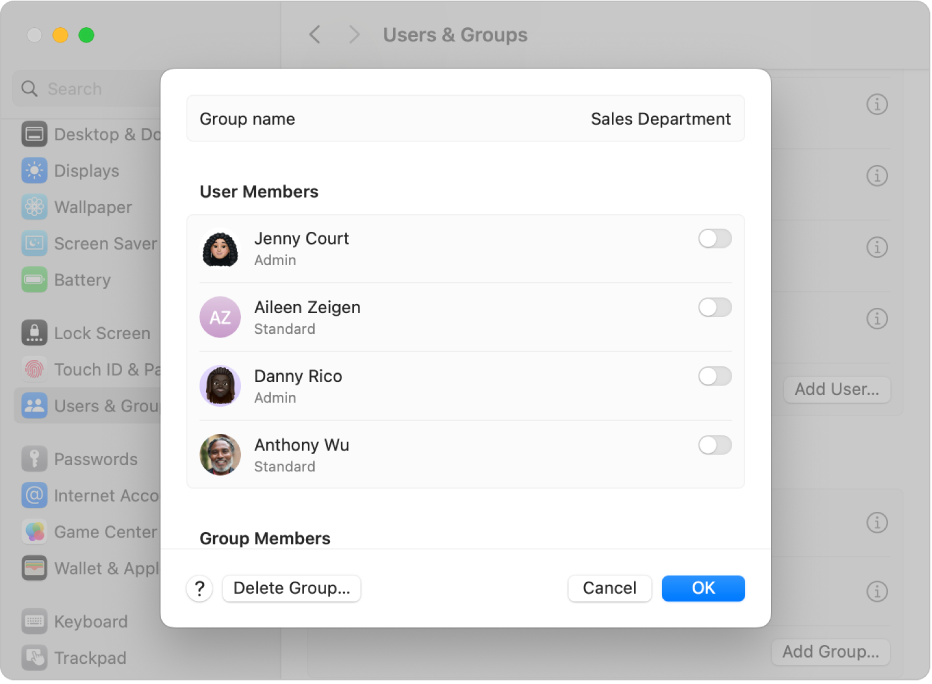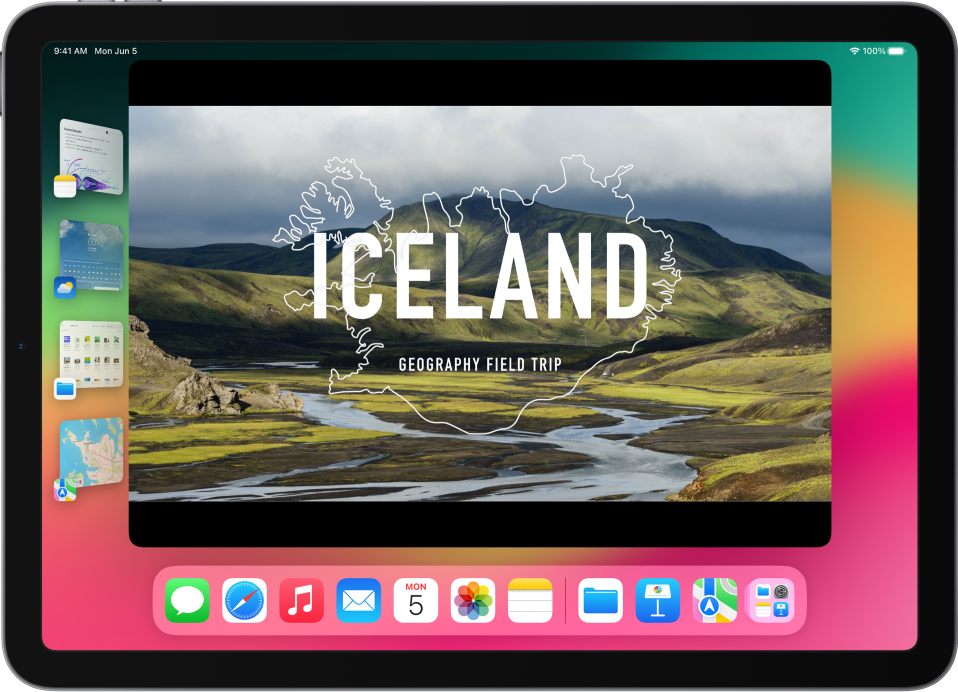
Exploring the Limits: How iPads Have Evolved with Drive Formatting Abilities Yet Struggle with Specific Computing Challenges

Exploring the Limits: How iPads Have Evolved with Drive Formatting Abilities Yet Struggle with Specific Computing Challenges
Key Takeaways
- iPadOS 18 adds external drive formatting, but still lags behind macOS in system-level customization and command line access.
- Programming on iPad is possible but limited by the smaller screen and lack of advanced tools like Xcode.
- iPads are locked to iPadOS, making it difficult to use other operating systems or install apps from anywhere.
iPadOS 18 introduces the ability to format external drives using Apple’s tablet, a feature previously reserved for “real” operating systems like macOS and Windows. As iPads become more capable, they seem more viable as full-blown computer replacements. Unfortunately, the iPad still lags behind the Mac in some very important areas.
System-Level Customization
Desktop operating systems are incredibly customizable. With useful system tweaks to macOS available , as well as downloadable applications and utilities, you can easily tailor your computing experience to meet your needs.
Apps like Amphetamine and Alfred can help boost your productivity from the ground up with system-level customization not currently available on iPadOS. iPads are also unable to access the command line like a Mac can, as no Terminal application is accessible. This means that users cannot use system commands or make in-depth customizations like modifying the HOSTS file (to re-route or block certain domains). SSH clients exist for server access, but iPadOS severely limits on-device system customization.
System-level tweaks can hugely improve a device’s functionality, and without access to a command line or downloadable adjustments, deep iPadOS customization is currently impossible to the degree many users are looking for.
Programming and App Building
While it is possible to program on an iPad, it can be a bit of a headache. Though some apps exist to allow you to code, more advanced development tools are often unavailable. It is possible to code in a browser or by using another machine remotely, but programming on an iPad alone is far from the full computer experience.
The iPad’s smaller screen, lack of built-in input methods, and limited access to advanced programming tools make coding on an iPad a sub-par experience for many users.

Apple
The Swift Playgrounds app is available on iPad and is a great way to learn to code and build basic applications. However, without a version of Xcode for iPad, building full, complex apps for Apple devices and publishing them is currently not possible.
Switch Operating Systems and Run Virtual Machines
A “real” computer makes it possible to use a variety of operating systems. Virtualization software like VMWare allows for the creation of virtual machines loaded with the OS of your choosing, and macOS software like Parallels Desktop allows Mac users to easily open Windows applications and operate completely within the Windows operating system.
Apple Silicon Macs can finally abandon macOS thanks to strides made with Asahi Linux . Older Intel-based Mac machines can run Windows and practically any x86 operating system natively with enough fiddling. The iPad lacks the ability to do this, making using anything other than iPadOS and virtualization practically impossible.
iPads come locked to iPadOS out of the box, and it’s unlikely that’s going to change any time soon. Though you can use Microsoft Remote Desktop or AnyDesk to remotely access an existing machine, you cannot run Windows, macOS, or Linux from your iPad alone.

Hannah Brostrom / How-To Geek
Virtual Machine software like UTM does allow for the creation and use of virtual machines, but it needs to be sideloaded , and requires a jailbreak for use on modern iPads. Without access to another Mac or PC, you are not going to have an easy time working with another operating system using only an iPad.
Install Apps from Anywhere
Though the App Store currently has millions of apps that can be used on iPad, users are still limited by Apple’s regulations. Though changes for EU users are making sideloading possible, software made for macOS or Windows does not function properly on iPadOS.
Applications like the Steam Storefront, BitTorrent clients, most integrated development environments (IDEs), and many browser extensions do not currently work on the iPad. On a computer you can install almost anything as long as you’re comfortable ignoring safety warnings, but iPadOS will block you entirely.

Without macOS support, or fundamental changes to iPadOS as a whole, its unlikely that installing software from the wider internet will be possible.
User Swapping
When sharing a computer among several people, user profiles are an indispensable feature. User profiles allow everyone who shares a computer to have their own desktop layout, apps, and information stored separately from others, and lock their data behind a password. This feature is standard on nearly every major operating system.

Currently, there is no equivalent sharing system on iPadOS. Data cannot be separated by user, and all apps, photos, and information on the iPad is constantly accessible.
This lack of separate user support can make sharing an iPad much more difficult, as the experience cannot be personalized based on who’s using the device. An iPad being locked to one user severely limits its use as a shared device, which is a feature taken for granted on most computers.
Desktop Multitasking
The iPad’s multitasking features are far from bad, especially considering their ease of use. While this kind of multitasking is seamless and organized, it pales in comparison to the capabilities of multitasking on macOS or Windows.
Past using more than two apps at once, iPad multitasking becomes cumbersome. There is often not enough screen space to comfortably accommodate several apps at one time, and “layering” windows like one might do on a computer isn’t an option.
macOS and Windows both provide options for multiple desktops, which can be great when managing different projects using different applications. Though iPadOS’s introduction of Stage Manager did improve its ability to multitask, it is not as natural to use or intuitive as many find desktop multitasking to be.

Apple
The key difference between iPad multitasking and computer multitasking is freedom. I like to have dozens of different tabs and windows open at once, as well as several programs open on my desktop to click between.
iPads, at this point in time, cannot truly replicate the feeling of throwing windows around to be resized and selected. Though windowing and picture-in-picture iPad features do strengthen its viability as a multitasking device, it is still too limited to stand up to macOS and Windows.
The current iPad lineup, especially the Pro models, are incredibly powerful machines. However, many of their limitations come from iPadOS restrictions, meaning they cannot fulfill the needs of computer users entirely. Understanding your personal computing needs is key to choosing the right device, and it is important to consider the iPad’s limitations when deciding whether or not to ditch your computer.
Also read:
- [Updated] Mastering YouTube Audio Recordings for 2024
- Complete Guide: Fixing 'iPhone Won't Restore From iCloud Backup' Problem
- In 2024, Top 10 Best Spy Watches For your Xiaomi Redmi K70 Pro | Dr.fone
- Remove Google FRP Lock on M6 5G
- Top Rated iBackup Viewer of 2024: Securely Transfer Your iPhone Data to PC
- Troubleshooting Steps When iCloud Backup Fails to Initialize
- Troubleshooting Tips: Why Your iCloud Backup Might Be Missing and How To Fix It
- Updated 2024 Approved KineMaster on Mac Download, Install, and Start Editing Today
- Vital Gaming Equipment Specifications
- Why the 15-Inch MacBook Air Is a Perfect Choice for Many: Save $250 Today!
- Title: Exploring the Limits: How iPads Have Evolved with Drive Formatting Abilities Yet Struggle with Specific Computing Challenges
- Author: Daniel
- Created at : 2025-02-14 16:43:44
- Updated at : 2025-02-19 21:46:02
- Link: https://os-tips.techidaily.com/exploring-the-limits-how-ipads-have-evolved-with-drive-formatting-abilities-yet-struggle-with-specific-computing-challenges/
- License: This work is licensed under CC BY-NC-SA 4.0.